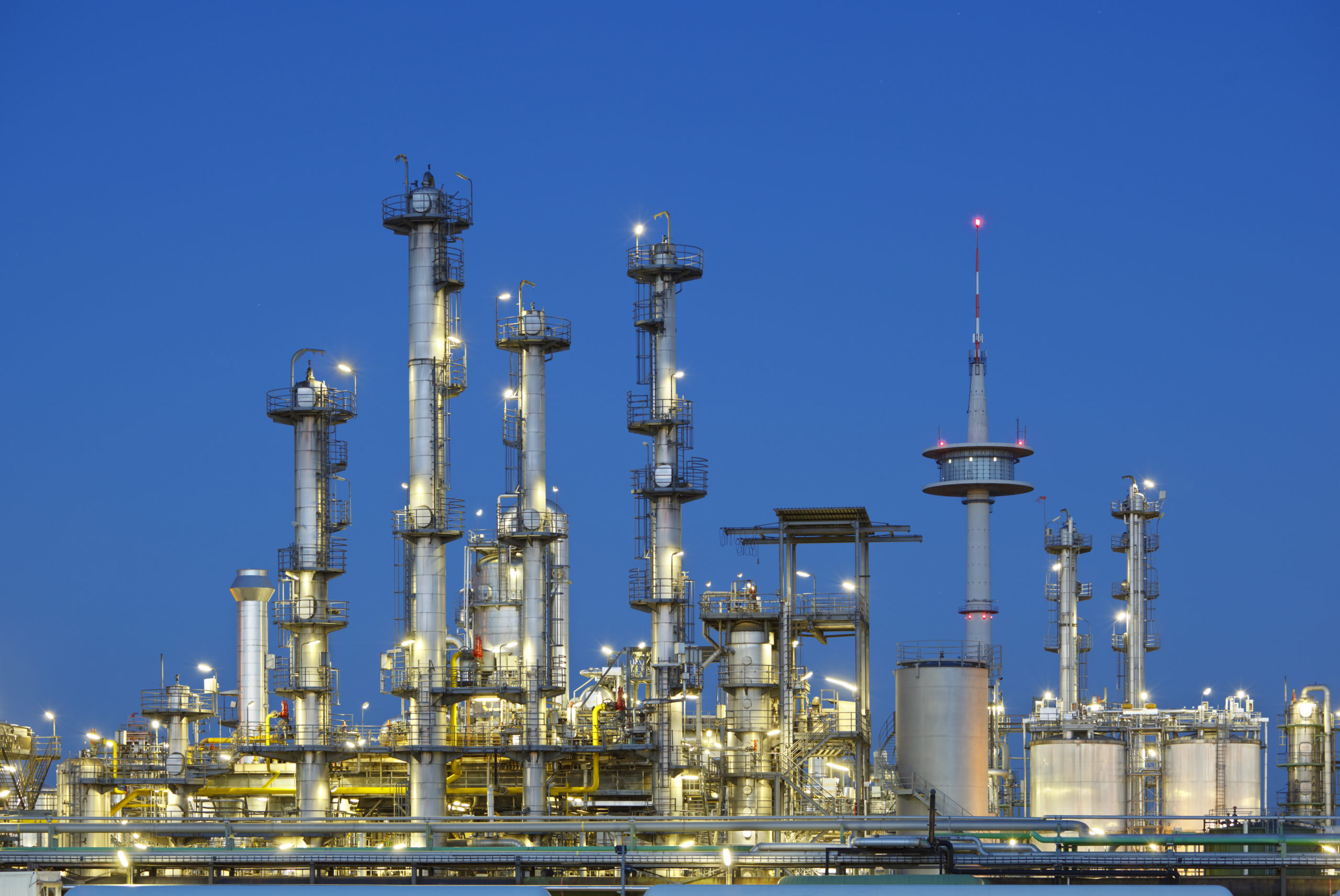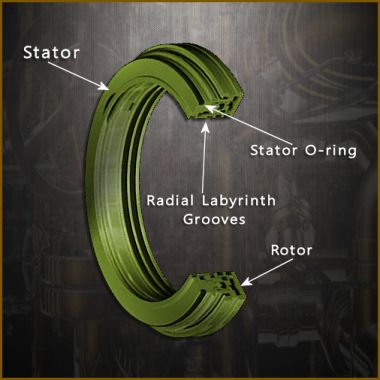Metal seals are critical components in the design of many different types of systems exposed to extreme environments. From high-pressure chemical reactors to cryogenic space systems, failure is not an option. In such applications, traditional elastomeric or even polymer seals may fall short as they are weakened by extremes in heat, pressure, or aggressive media. Metal seals offer an advanced alternative, engineered to perform reliably where conventional solutions are unable to do so.
This article provides an overview of metal seals, outlines the industries that rely on them, and highlights the performance advantages that make them essential to many different mission-critical systems.
Metal Seals
Metal seals are high-performance components designed to maintain sealing integrity under extreme temperature, pressure, and chemical exposure. Unlike conventional elastomeric or polymer-based seals, metal seals utilize ductile or spring-energized metallic elements to provide long-term, leak-tight performance in severe operating environments.
Where Are Metal Seals Used?
Aerospace and Space Systems
Metal seals are commonly used in aerospace propulsion systems, satellite assemblies, cryogenic valves, and instrumentation. They maintain leak-tight integrity under thermal gradients, vibration, and pressure differentials encountered in launch and orbital environments. Spring-energized and C-ring configurations are especially suited for these high-reliability systems.
Chemical Processing
In the chemical industry, seals are exposed to everything from corrosive media and wide temperature fluctuations to highly aggressive cleaning procedures. Metal seals can be found in mixers, autoclaves, reaction vessels, and process instrumentation. Such seals are compatible with aggressive solvents, oxidizers, and polymers, while their resistance to leaching, swelling, and outgassing ensures that closed systems can maintain consistent performance.
Semiconductor and High-Purity Systems
Metal seals are low-particulate, non-permeable sealing solutions that are ideal for gas delivery lines, vacuum chambers, and wafer processing equipment. These seals are able to withstand harsh conditions that include the repeated thermal cycling and aggressive plasma environments found in ultra-clean environments.
Defense and Energy Applications
In nuclear and defense systems, metal seals are deployed where pressure containment, leak prevention, and radiation tolerance are required. Metal sealing solutions are found in power generation turbines, submarine systems, and military aerospace equipment. Such systems depend on these seals to meet stringent safety and performance requirements.
What Are the Benefits of Metal Seals?
Metal seals offer several distinct advantages compared to traditional elastomeric solutions:
High Temperature Capability
Metallic seals can withstand continuous service temperatures well beyond the range of elastomers and polymers. With appropriate material selection, operating limits can exceed 1,000°F (538°C), making them ideal for aerospace engines, chemical reactors, and thermal cycling systems.
Extreme Pressure Resistance
Seals constructed from metal can maintain integrity at pressures that would cause conventional seals to fail catastrophically. This includes both high-pressure containment and ultra-high vacuum applications.
Chemical Compatibility
Metallic alloys can be chosen specifically for their resistance to corrosion, oxidation, and chemical attack. This is critical in applications involving substances such as acids, organic compounds, oxidizers, or complex organics.
Long-Term Stability with Low Permeability
Unlike elastomeric sealing solutions, metal seals do not exhibit creep, compression set, or permeation over time, ensuring consistent sealing force and minimal degradation across service intervals.
Precision and Repeatability
Because they can be manufactured to tight dimensional tolerances, these seals offer superior fit and alignment. They perform reliably under repeated assembly and disassembly, an essential quality for aerospace and test systems.
Cleanroom and High-Purity Compliance
Metal seals generate fewer particulates and exhibit lower outgassing. This is essential for cleanroom applications in semiconductor and pharmaceutical production.
Types of Metal Seals
Metal seals available from Advanced EMC are summarized in the table below.
| Seal Type | Description | Key Features / Applications |
| Metal C-Ring | Standard system pressure-energized C-ring | Low bolting load, good spring-back, suitable for internal/external pressure |
| Spring-Energized Metal C-Ring | C-ring with an internal spring | Greater load-bearing, lower leakage, ideal for rough surfaces |
| Blade Metal C-Ring (BCSE) | Metal C-ring with a blade structure and spring-energized core | Consistent sealing force, adaptable to flange imperfections |
| Metal W-Ring Seal | Pressure-energized with low load and high spring-back | High pressure/temp applications, enhanced contact stress to minimize leakage |
| Metal O-Ring Seal | Solid high-strength metallic tube | High-temp/pressure sealing, minimal spring-back |
| Spring-Energized Metal O-Ring | O-ring with internal spring | Handles rough surfaces better, with a lower leakage rate |
| Balanced Metal O-Ring | Vented tube, system pressure energizes sealing | Optimal for high-pressure applications |
| Metal Comma Ring Seal | Designed for slow dynamic applications | Sealing effectiveness depends on shaft condition |
| Metal U-Ring Seal | “U” shaped metal ring for static/low-cycle dynamic shaft sealing | System pressure energized, good spring-back, low bolting load |
| Spring-Energized Metal U-Ring | U-ring with internal spring | Enhanced load-bearing and sealing on rough surfaces |
| Metal V-Ring Seal | “V” shaped substrate for extreme environments | Internal/external pressure sealing, low bolting load, good spring-back |
Conclusion
Metal seals are a rugged, high-performance solution for engineering challenges where other sealing technologies fall short. Their ability to withstand temperature extremes, chemical attack, and mechanical stress makes them a preferred choice in critical applications across aerospace, chemical processing, and high-tech manufacturing.
Advanced EMC Technologies offers a full range of precision-engineered metal sealing solutions, including C-rings, O-rings, spring-energized configurations, and custom designs. With extensive experience across multiple industries, our engineering team is well-equipped to help you select the ideal` seal for your most demanding applications.
Contact us today to learn more about our metal sealing capabilities or to discuss a custom solution for your next project.




